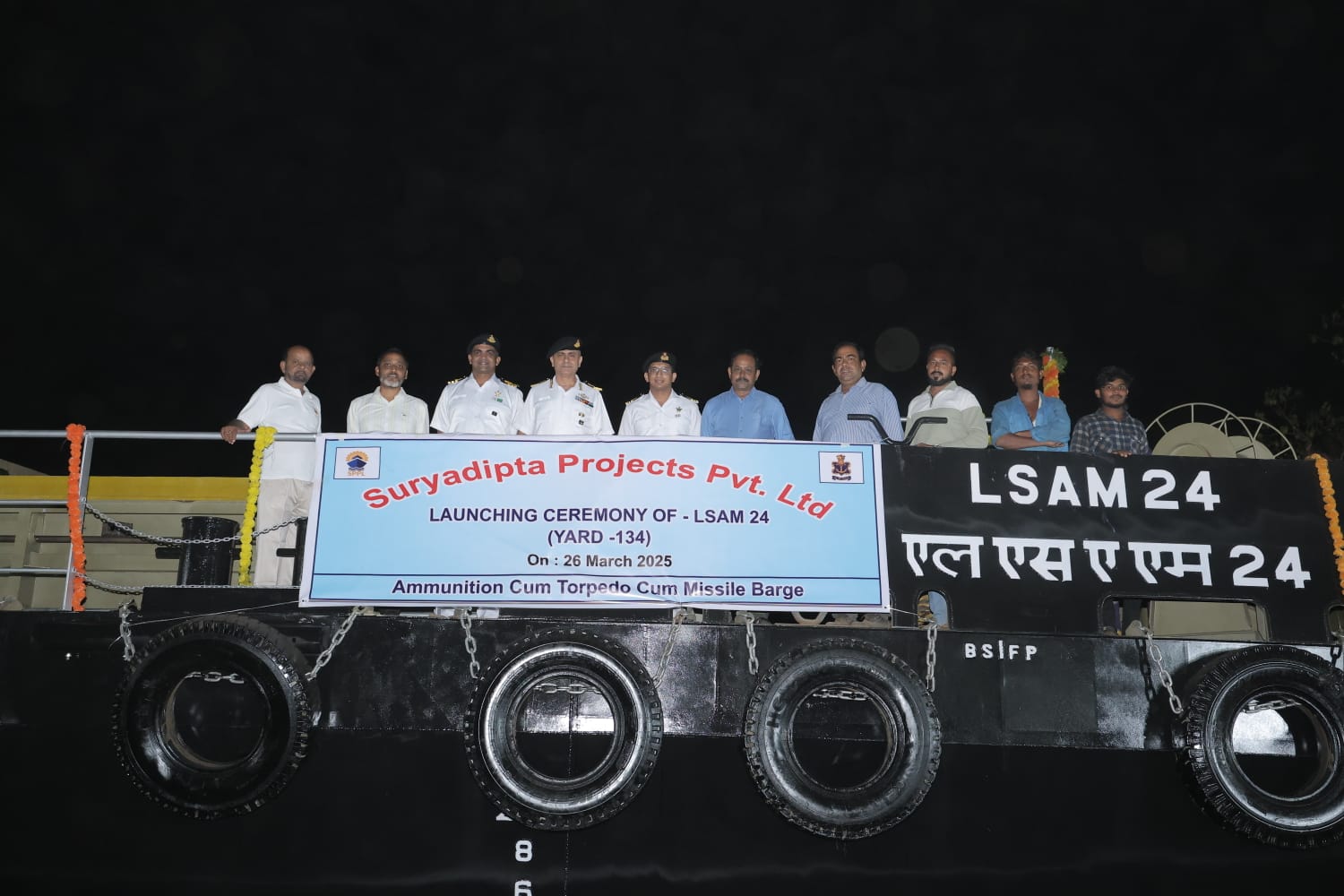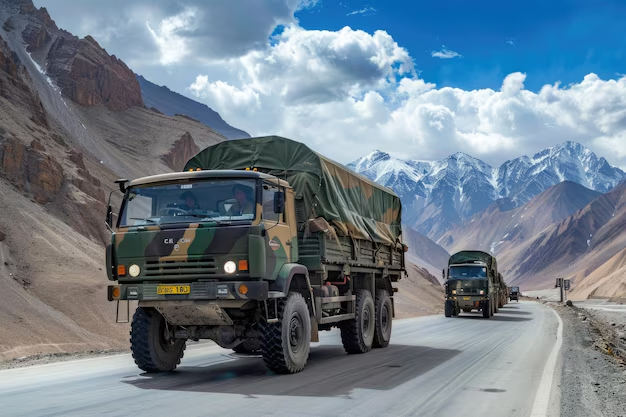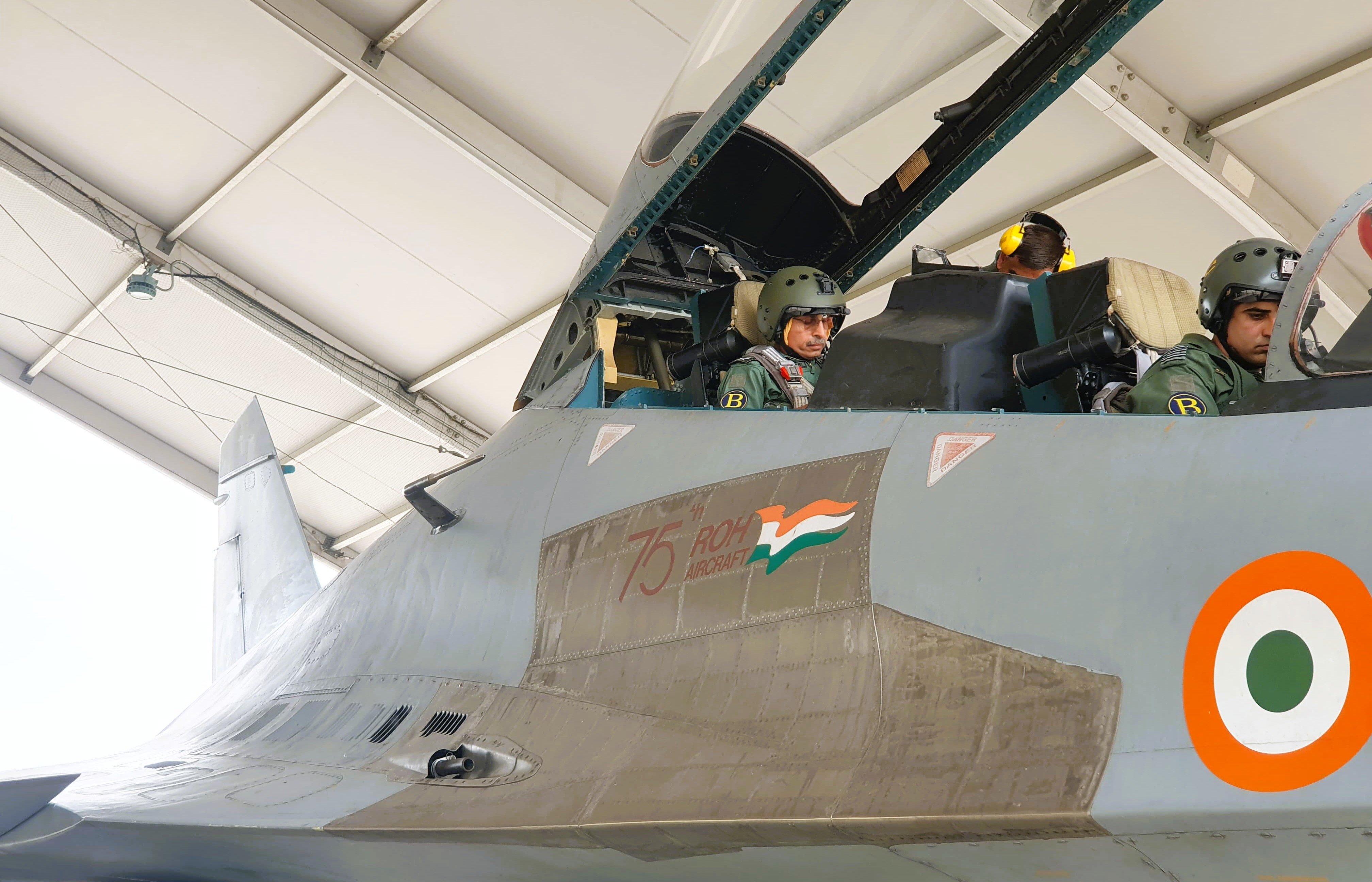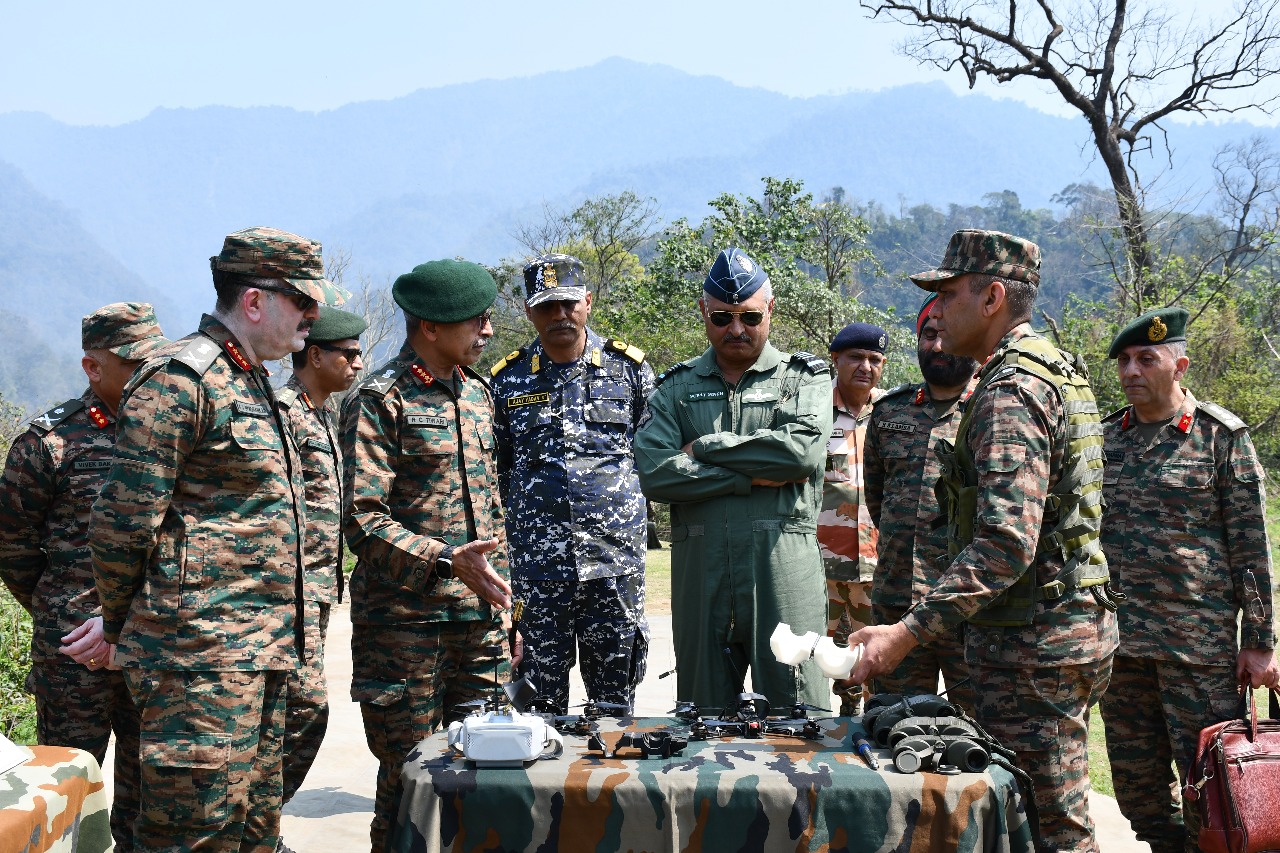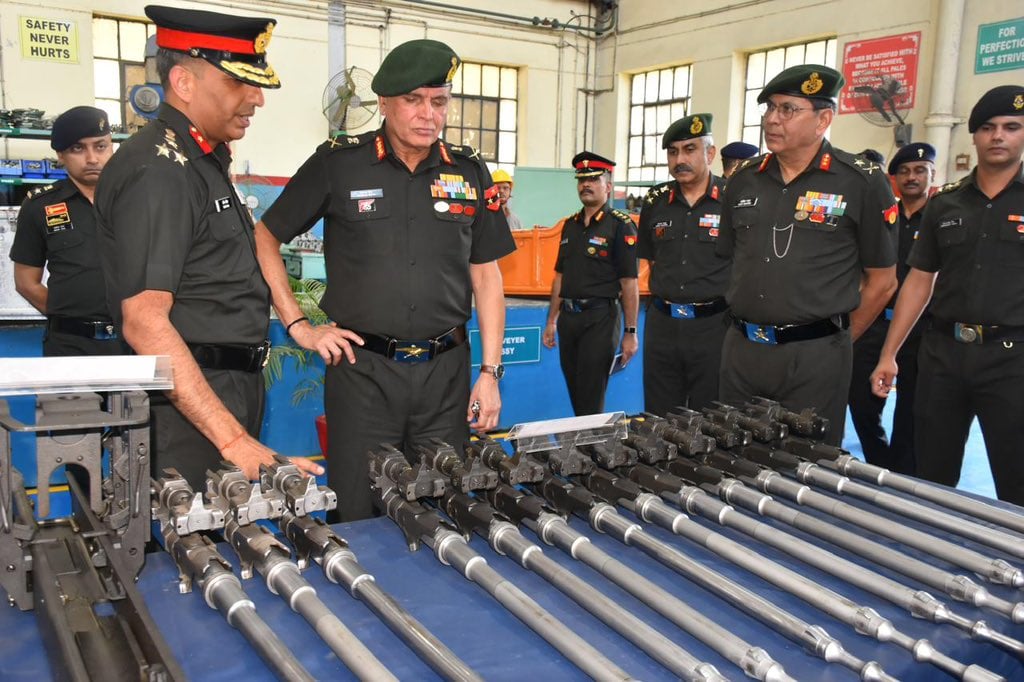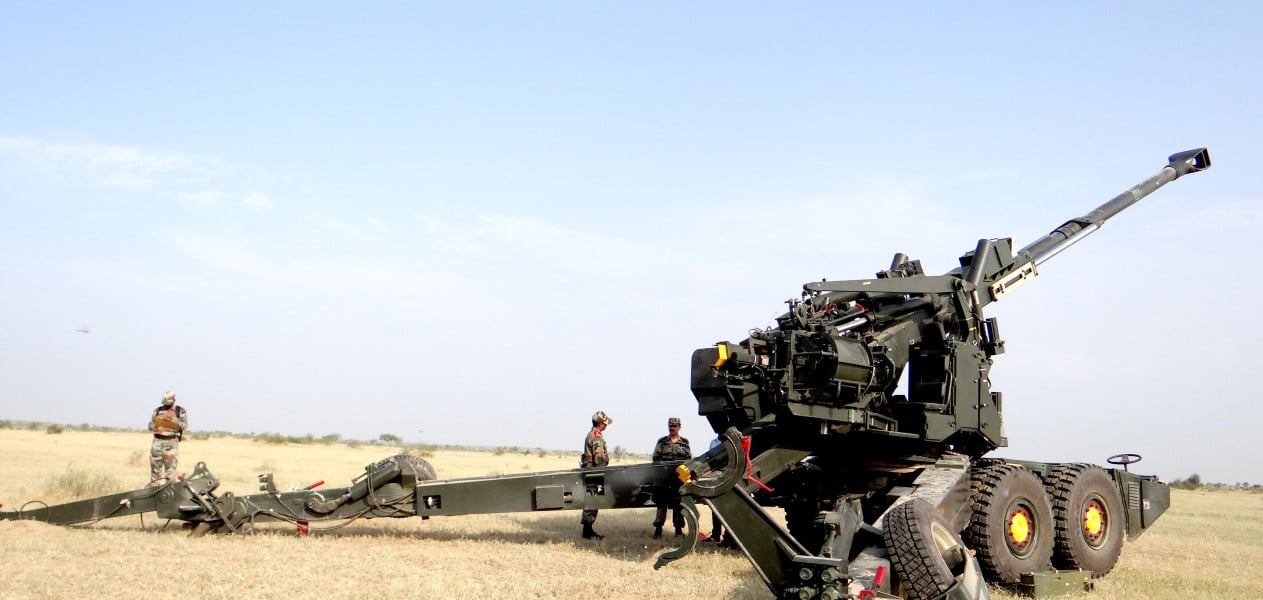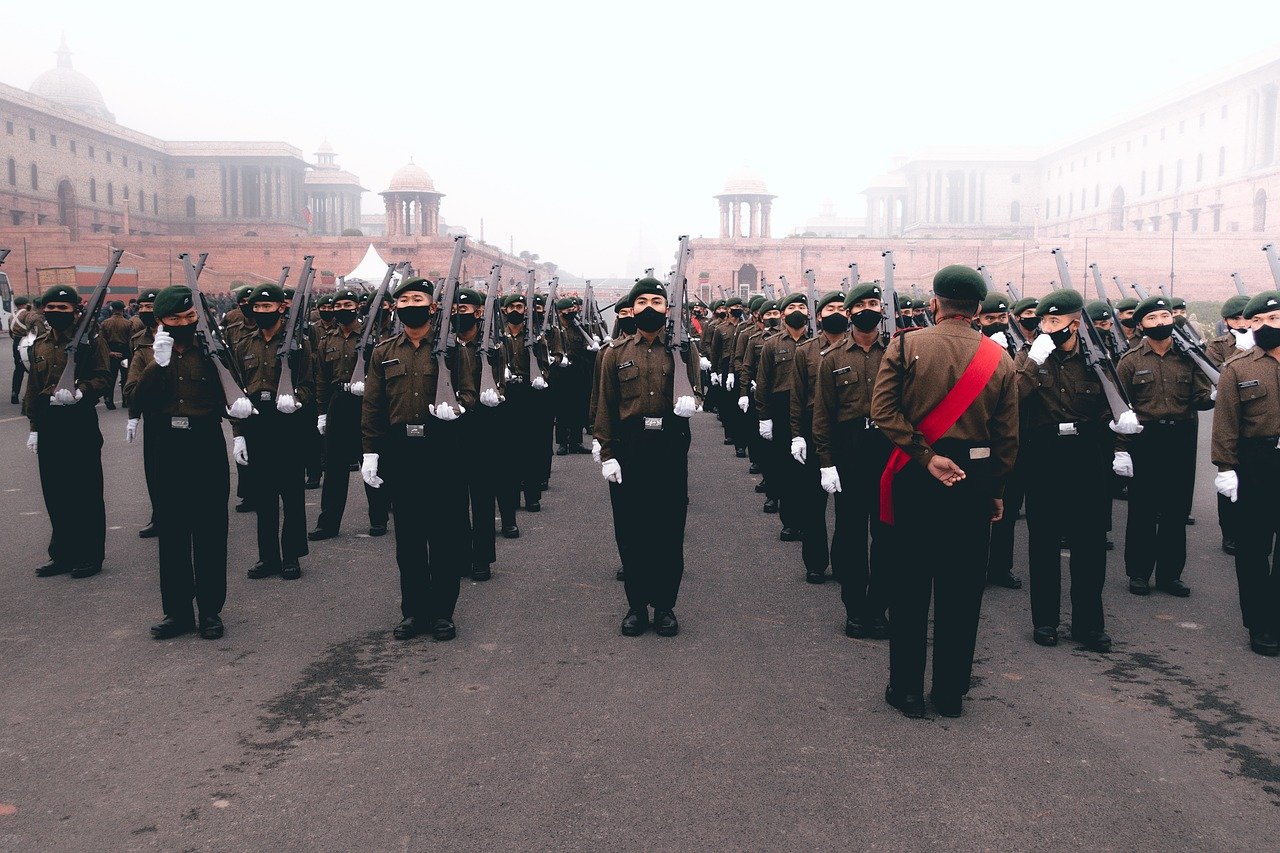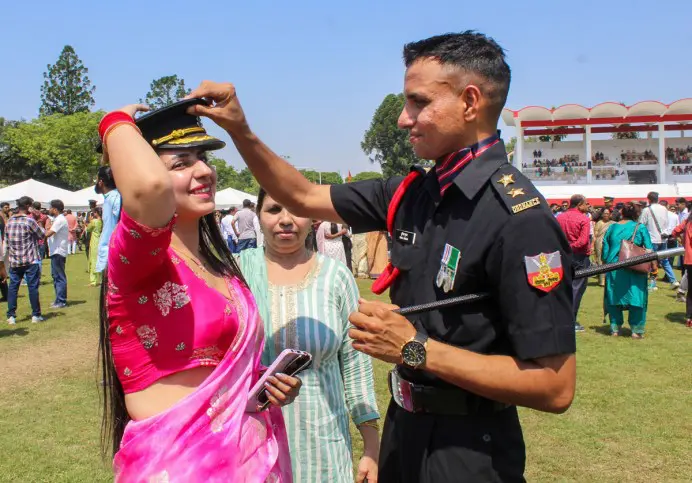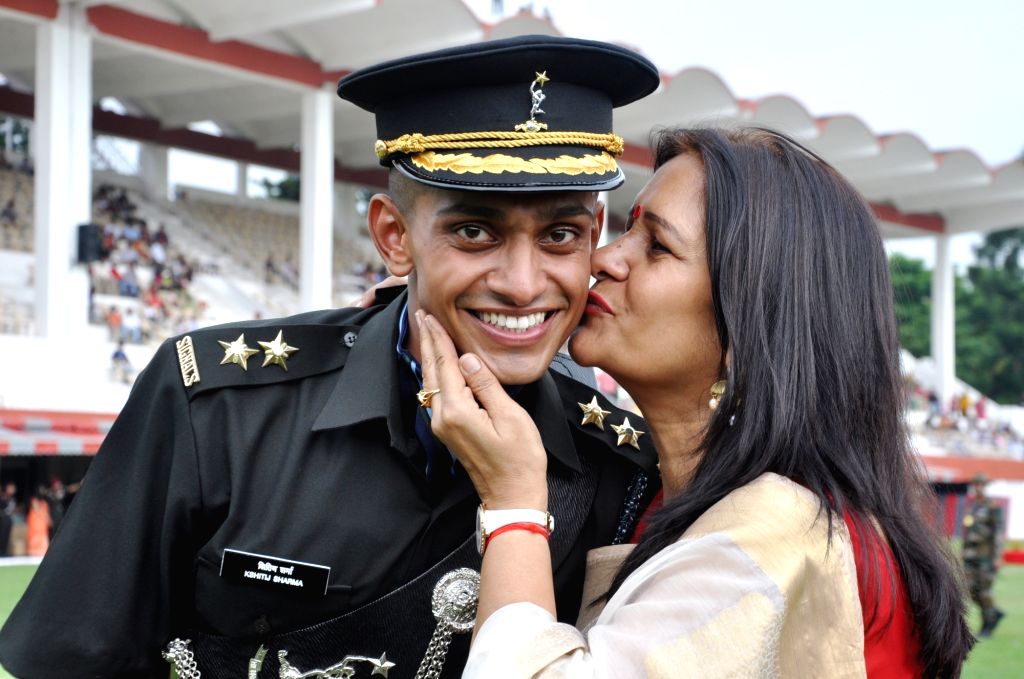In a landmark step towards gender inclusivity in the armed forces, the Indian Military Academy (IMA), Dehradun, will induct its first batch of women officer cadets in July 2025. This historic induction comes after the Supreme Court’s 2021 ruling that directed the government to open the doors of the National Defence Academy (NDA), Khadakwasla, to women, paving the way for their entry into the armed forces through the regular entry route.
Eight of the 18 women cadets, currently in the sixth and final term of their training at NDA, have chosen to join the Indian Army and will undergo one year of rigorous training at IMA before being commissioned as officers next year. This development marks a significant milestone for IMA, which has been training male officer cadets for almost 93 years but had not inducted women until now.
A New Era for IMA
IMA, a premier institution that has produced some of India’s finest military leaders, is set to embark on a new journey by embracing gender inclusivity. Separate accommodation has been earmarked for the incoming women officer cadets, although they will train alongside their male counterparts, assigned to different companies to ensure seamless integration during the training phase.
“IMA will induct women cadets for the first time in almost 93 years, a watershed in its history. It is currently the only military academy in the country that does not train women,” said a senior official aware of the developments.
To ensure that the induction is smooth and that gender-specific needs are adequately addressed, IMA officials have undertaken extensive visits to other training academies, including the Officers Training Academy (OTA), Chennai, the Air Force Academy, Dundigal, and the Indian Naval Academy, Ezhimala, to understand the best practices and training methodologies for women cadets.
Pathway to IMA: Breaking Barriers
Women became eligible to join the NDA and Naval Academy following the Supreme Court’s 2021 landmark order, which broke decades of gender barriers by allowing women to take the NDA entrance exam. The order came 18 months after the Supreme Court ruled that women officers who joined the Indian Army through Short Service Commission (SSC) were entitled to permanent commission and command roles, a move that paved the way for greater gender parity in the armed forces.
The first batch of women cadets joined NDA in August 2022, and they will graduate in May 2025 after completing their three-year training spread across six terms. Following this, the eight cadets opting for the Army will proceed to IMA, where they will undergo further specialized training before being commissioned as officers.
A Future of Greater Opportunities for Women in the Armed Forces
Women have been making significant strides in the Indian armed forces in recent years. Approximately 60% of the Indian Army’s women commanding officers (COs) are currently leading units in operational areas, including forward locations in the Northern and Eastern Commands responsible for securing India’s borders. Moreover, over 145 women officers have been approved for promotion to the rank of Colonel, with around 115 women already commanding their respective units.
While women are being assigned central roles on par with their male counterparts—flying fighter planes, serving on warships, and being inducted in the Personnel Below Officer Rank (PBOR) cadre—some branches, including combat roles in the infantry and tanks, remain off-limits for women in the Army. However, the induction of women cadets into IMA signals a step toward providing equal opportunities and expanding their roles in the future.
Challenges and Changing Mindsets
Despite these advances, the journey toward gender inclusivity has not been without challenges. Last year, a senior general highlighted operational concerns related to women officers in sensitive sectors. In a rare five-page letter written in October 2024, then 17 Corps Commander, Lieutenant General Rajeev Puri, expressed concerns about command challenges, officer management, and operational dynamics involving women officers. However, these concerns were largely viewed as teething issues that could be addressed through experience and evolving operational norms.
Lieutenant Colonel Anu Singh Randhawa (retd.), who served in the Army Ordnance Corps for 21 years, expressed optimism about the future of women in the armed forces. “I don’t foresee any hurdles as the army has been training women at OTA for more than 30 years, and similar training standards and practices will be adopted by IMA. Gender-specific requirements will be addressed too. There has been full acceptance of women in the military,” she said.
The Selection Process: Rigorous and Inclusive
Candidates, including women, are selected for NDA and the Naval Academy after clearing a highly competitive entrance examination conducted by the Union Public Service Commission (UPSC). The selection process includes:
- Clearing the Services Selection Board (SSB), a rigorous five-day personality and intelligence assessment.
- A thorough medical examination.
- The final merit list is prepared by UPSC after consolidating performance in all selection stages.
The women cadets joining IMA have successfully cleared these challenging stages, making them well-prepared to excel in their forthcoming training.
Paving the Way for Future Generations
The induction of women officer cadets into IMA is not merely symbolic—it is a significant step toward empowering women in the armed forces and fostering a culture of equality, professionalism, and opportunity. As the first batch of women cadets prepares to step into IMA in July 2025, they carry with them the promise of breaking new ground and inspiring future generations of young women to join the ranks of the Indian Army.
This milestone reflects the evolving landscape of the Indian Armed Forces, where the values of inclusivity, merit, and excellence continue to shape the future of India’s defence forces.



